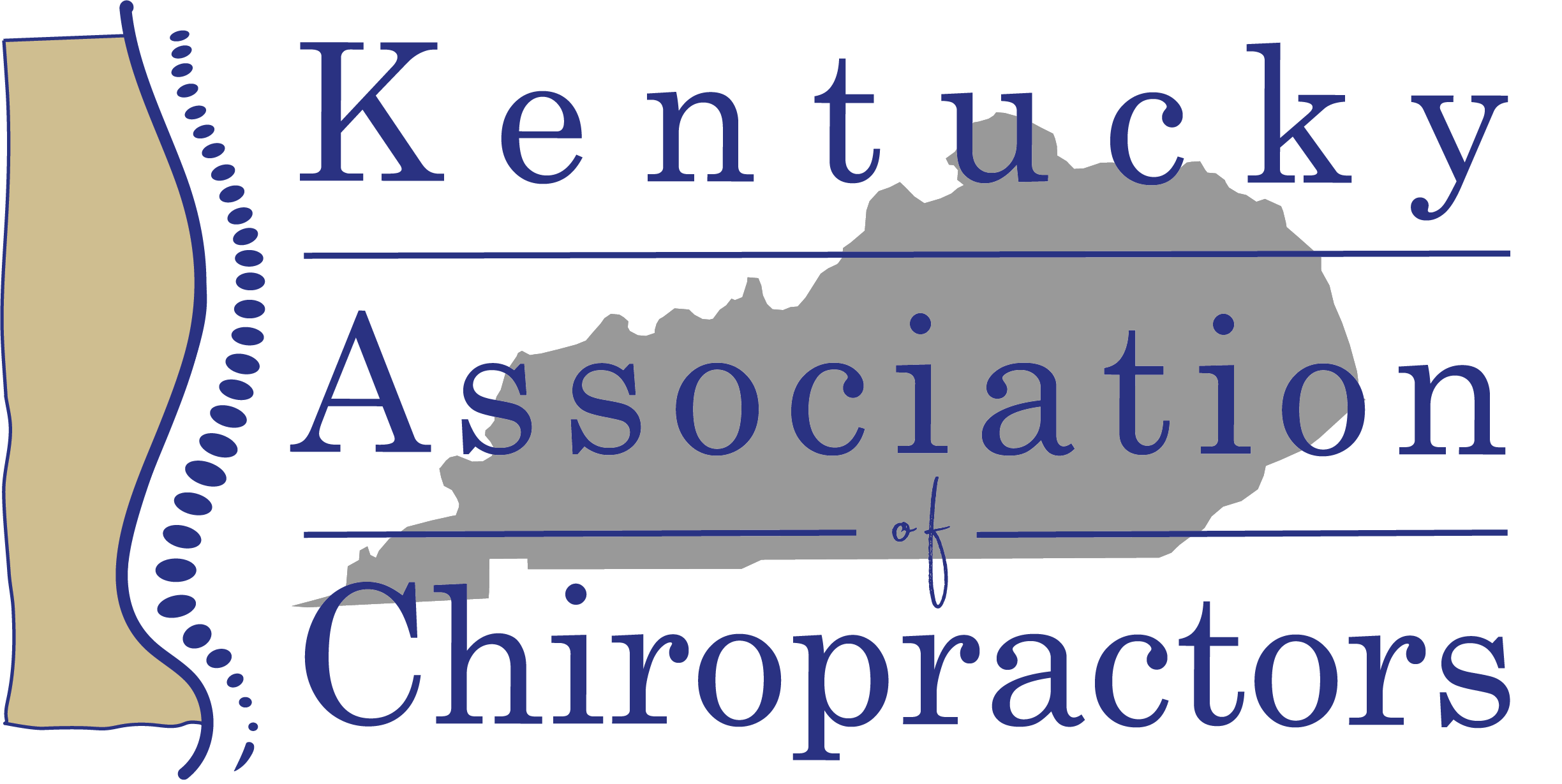Research Article
Association of Both Scapular Upward Rotation and Scapulothoracic Muscle Lengths With Shoulder Pain, Function, and Range of Movement
Santiago Navarro-Ledesma, PT, PhD Manuel Fernandez-Sanchez, PT, PhD Filip Struyf, PT, PhD Alejandro Luque Suarez, PT, PhD
Published:September 12, 2020 https://doi.org/10.1016/j.jmpt.2019.12.006
Objective
Our aim was to analyze whether shoulder pain is related to scapular upward rotation (SUR) or to the lengths of the pectoralis minor and levator scapulae muscles.
Methods
This cross-sectional, observational study was carried out in 3 primary-care centers; 54 individuals with chronic shoulder pain participated. Scapular upward rotation and the lengths of the pectoralis minor and levator scapulae muscles were assessed.
Results
The level of association was small between shoulder pain and function and (1) the lengths of the pectoralis minor (r = 0.08, P = .93) and levator scapulae (r = −0.01, P = .57) muscles and (2) SUR at 45° (r = 0.17, P = .21), 90° (r = 0.08, P = .57), and 135° (r = 0.10, P = 0.45) of shoulder elevation.
Conclusion
The relationship was small between shoulder pain and function and (1) SUR (45°, 90°, and 135° of shoulder elevation) and (2) the lengths of the pectoralis minor and levator scapulae muscles. Thus, the use of SUR and pectoralis minor and levator scapulae lengths in shoulder assessment should be undertaken with caution. Other factors such as psychological factors, central/peripheral sensitization, and intrinsic properties of the tissue have to be taken into account.
859-554-4498
kac@theKAC.org

